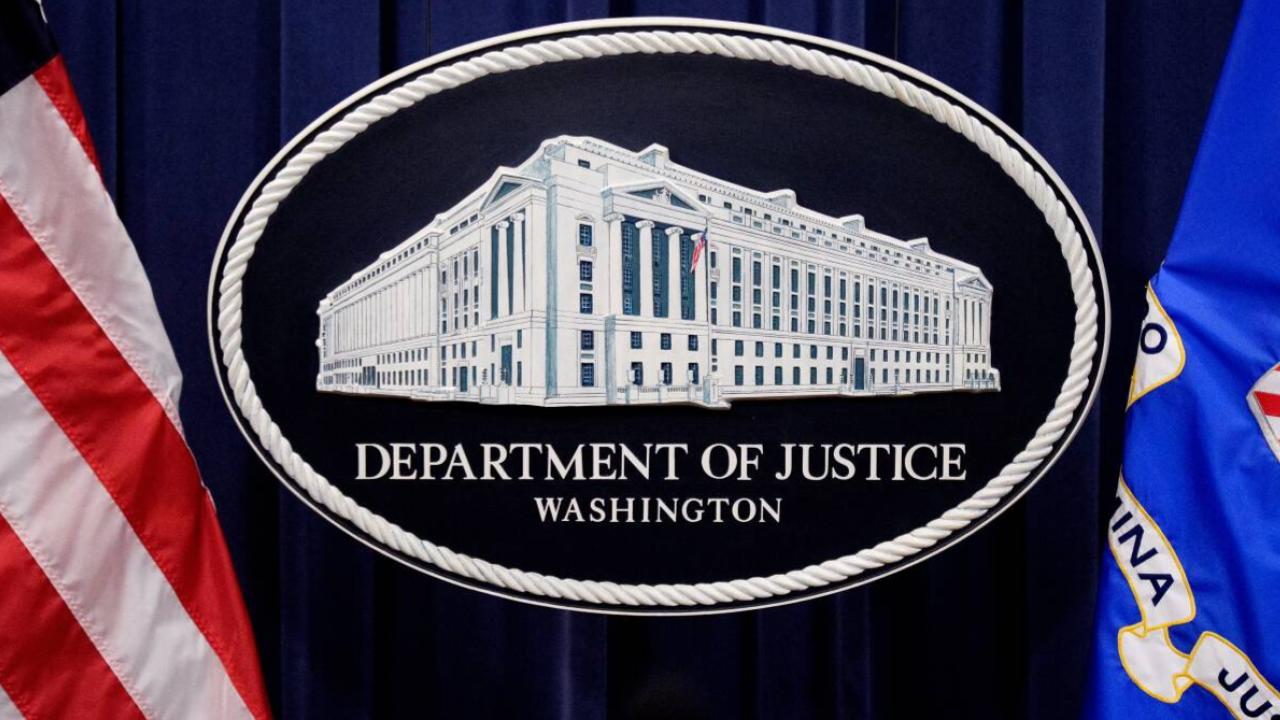If you’ve been keeping an eye on the economy lately, you’ve probably heard a lot about how the trade war fallout is dragging down consumer confidence here in the U.S. This isn’t just some headline fluff — consumer confidence has actually plunged to near historic lows, rattling wallets and shaking markets across the nation. So, what’s going on exactly, why should you care, and what does this mean for the future? Let’s break it down in a way that’s easy to digest — no Econ degree needed.

Trade War Fallout & Consumer Confidence
| Topic | Details |
|---|---|
| Consumer Confidence Index | Dropped to 50.8 in May 2025 — second lowest in 75 years |
| Impact of Trade Policies | Tariffs on imports increased, leading to higher prices on goods like electronics, clothes, and groceries |
| Inflation Expectations | Long-term inflation expectations rose to 4.4%, highest since 1991 |
| Retail Sector Struggles | Both small and large businesses report increased costs; some warn of closures if tariffs persist (Source: Business Insider) |
| Stock Market Reaction | Despite confidence drop, S&P 500 rebounded 18% after tariff truce and strong tech earnings |
| Global Impact | Other countries like Canada and EU seeing shifts in consumer behavior due to trade tensions |
The trade war fallout has brought U.S. consumer confidence down to levels not seen in decades, impacting everything from your grocery bill to the health of small businesses. While the stock market shows some signs of optimism, everyday Americans are feeling the pinch of higher prices and inflation worries. The path forward depends heavily on how trade policies evolve and how well inflation is managed. Staying informed and adapting your financial habits can help you navigate these choppy economic waters.
What Is Consumer Confidence and Why Does It Matter?
Before diving deeper, it’s important to understand what consumer confidence means. Simply put, it’s a measure of how optimistic or pessimistic people feel about the economy and their personal financial situation. When confidence is high, folks are more likely to spend money, buy homes, and invest — all good stuff that keeps the economy humming. When it’s low, people tend to hold back, which can slow down economic growth.
The University of Michigan Consumer Sentiment Index, one of the most trusted gauges, recently reported a reading of 50.8 for May 2025. To put this in perspective, this is the second-lowest level in nearly 75 years. Only June 2022 saw a worse dip. That’s a pretty stark warning sign.
How the Trade War Sparked This Confidence Crash
The sharp decline in consumer confidence is closely tied to the ongoing trade war between the U.S. and several key trading partners. Let’s unpack how this happened:
1. Tariffs Driving Up Prices
When tariffs hit imports, it’s like a tax on goods coming into the country. That tax usually gets passed on to shoppers. For example, a 145% tariff on certain electronics and other items means retailers have to charge more to cover the added costs.
Big-box stores like Walmart and Target have publicly warned consumers that prices on many items will climb due to these tariffs. That means when you hit the checkout line, your groceries, clothes, and gadgets might cost more than last year.
2. Inflation Anxiety Sets In
This price hike doesn’t just pinch the wallet today — it changes what people expect in the future. The University of Michigan survey shows long-term inflation expectations are now at 4.4%, the highest since 1991. When folks expect inflation to rise, they might buy less now, fearing prices will keep jumping, or demand higher wages to keep up, which can fuel even more inflation. It’s a tricky cycle.
3. Small Businesses Feeling the Heat
It’s not just consumers — small business owners are also getting hit hard. Take Stonemaier Games, a small board game maker, which publicly warned that sustained tariffs could put them out of business. Small companies often don’t have the same pricing power as big retailers, so rising costs squeeze their profits tight.
Market Response: Resilience or Bubble?
Here’s a twist: even though consumer confidence tanked, the stock market has shown some resilience.
- The S&P 500 has bounced back by over 18% since April lows.
- This rebound came after a temporary tariff truce was announced and thanks to strong earnings from big tech players.
However, this market optimism doesn’t always trickle down to the everyday consumer, and the sluggish consumer sentiment signals the recovery might be fragile and uneven.
Global Ripples: Beyond U.S. Borders
The fallout from the trade war isn’t confined to the U.S. Consumers and businesses worldwide are feeling the pressure.
- Countries like Canada and members of the European Union have seen a drop in tourism and consumer confidence.
- Some consumers are actively avoiding American-made products in favor of local alternatives, which can hurt U.S. exporters and fuel further tensions.
What’s Next? A Roadmap to Recovery
The future of consumer confidence and the broader economy depends on several moving parts. Here’s what to watch and consider:
A. Trade Policy Changes
If the government eases tariffs or negotiates new trade deals, it could reduce prices and calm consumer fears. Conversely, if tariffs escalate, expect further price hikes and continued uncertainty.
B. Inflation Control
The Federal Reserve plays a critical role in managing inflation through interest rate adjustments and monetary policy. If they can keep inflation in check, consumer confidence might bounce back.
C. Economic Indicators to Monitor
Keep an eye on:
- Employment rates — More jobs usually mean more spending.
- Wage growth — Higher wages help offset inflation.
- Retail sales data — Shows what consumers are actually buying.
- Consumer debt levels — High debt can limit spending power.
D. Practical Tips for Consumers
- Budget wisely: With prices rising, it’s more important than ever to track your spending.
- Shop smart: Look for deals, buy in bulk, and consider alternatives to pricey brands.
- Stay informed: Follow official updates from trusted sources like the Federal Reserve and U.S. Bureau of Labor Statistics.
Frequently Asked Questions (FAQs)
Q1: How do tariffs affect me as a consumer?
Tariffs make imported goods more expensive, so you might pay more for everyday items like electronics, clothing, and groceries.
Q2: Why is consumer confidence important for the economy?
Consumer spending makes up about 70% of the U.S. economy. When confidence is high, people spend more, boosting growth. When it’s low, spending slows, and the economy can stall.
Q3: Is the stock market always linked to consumer confidence?
Not always. The stock market reflects investor sentiment and future expectations, which can sometimes diverge from how everyday people feel or spend.
Q4: Can inflation expectations influence actual inflation?
Yes, if people expect prices to rise, they may demand higher wages and spend differently, potentially causing prices to go up — a self-fulfilling prophecy.
Q5: Where can I find reliable updates on the economy and trade policies?
Trusted sources include the University of Michigan Consumer Sentiment Index, Federal Reserve, U.S. Bureau of Labor Statistics, and reputable financial news outlets like Bloomberg and Reuters.






